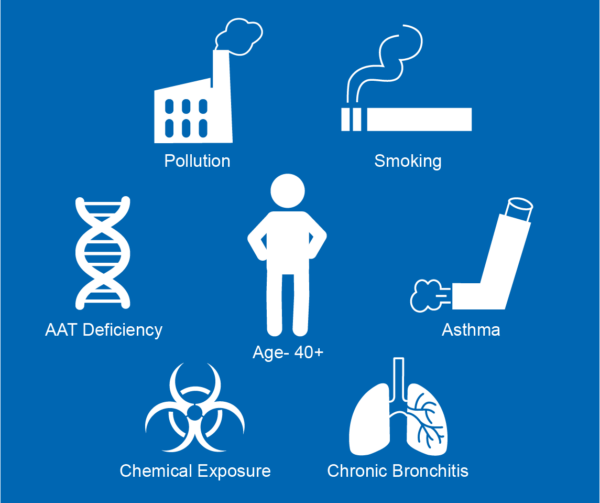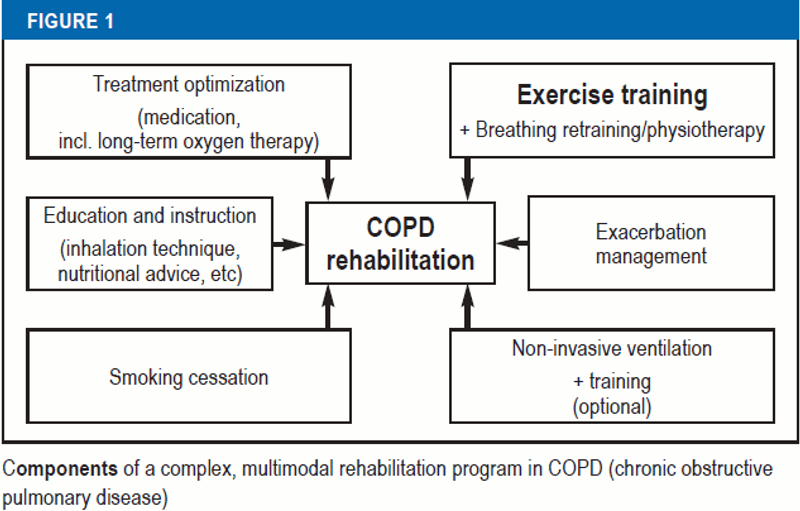Chronic Obstructive Pulmonary Disease (COPD) is a serious disease, usually caused by long-term damage to the lungs and airways, which makes it difficult to breathe. COPD is a chronic and progressive condition, so it will never completely go away and symptoms can get worse over time. But there are treatments that may help you breathe better.
Disease refers to the damage that has occurred in your lungs. This disease develops slowly. Treatment can ease sign and slow the disease progress.
It’s important to talk to your doctor and seek treatment as soon as you start showing symptoms of a persistent breathing problem.

COPD is caused by long-term exposure to things that irritate your airways and damage the air sacs in your lungs. While smoking is the main cause of COPD.
Other causes can include:

If you experience any of these symptoms for more than a few weeks, you should see a doctor immediately.
Sometimes, the symptoms of COPD can turn into something more serious. It’s called a flare-up. Your doctor might call it an exacerbation.
It’s a sudden worsening of COPD symptoms, including:
It can happen at any time, leaving your breathing much worse than it was before.
One flare-up can lead to another and another and can lead to hospitalization or even death-but they aren’t inevitable.
Certain treatments can help reduce the risk of a flare-up from happening in the first place. And some are even steroid free.
Many COPD medicines are inhaled, so they reach your lungs directly. You have probably heard about rescue inhalers (short acting) and maintenance inhalers (long acting), but do you know the difference between them?
Rescue inhalers (short acting) Provide fast relief for sudden symptoms,but aren’t meant for long-term control.
Maintenance inhalers (long acting) Can help improve lung function and control COPD symptoms long term. While some maintenance medicines contain steroids, there are also steroid-free options. It’s important to take your medicine as directed by your doctor whether you feel symptoms or not
